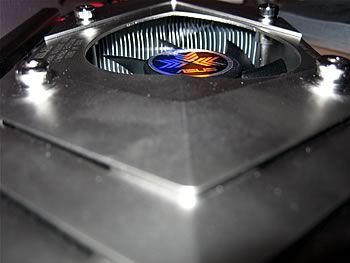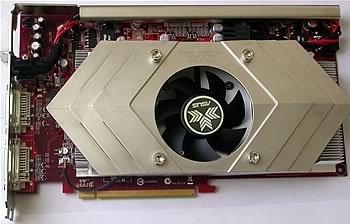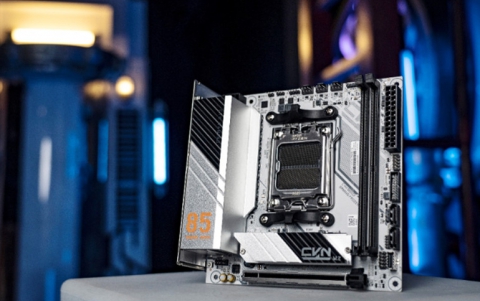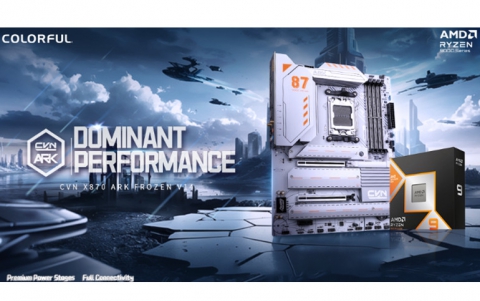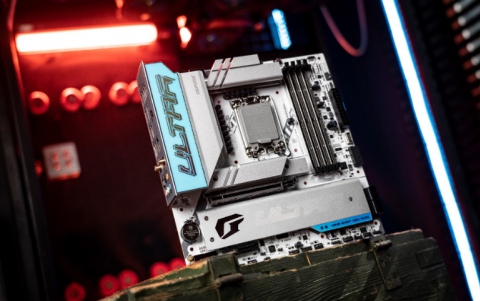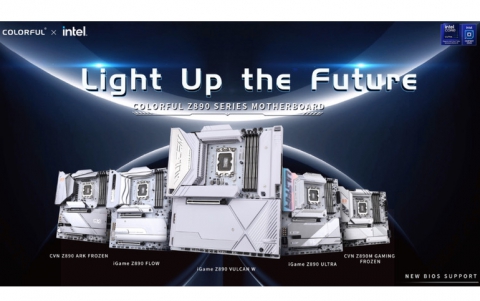ASUS Extreme N7800GT Dual
3. A Closer Look
The card is quite heavy and has one big fan sink on top which covers both GPUs. There is only one fan, which is a good thing since noise level are reduced. However, the big heat sink makes the installation process harder than usual.
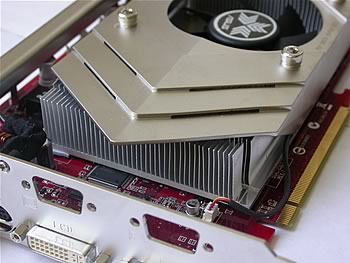
After removing the heatsink and fan, we can take a look at the GPU cores.
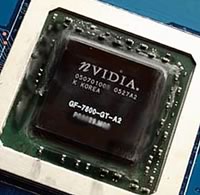
And Samsung memory chipsets are always a good choice if you want push the card to its limits. Stability and durability are the trademarks of Samsung DDR3 memory.

The large heatsink covers almost all the circuit board and gives the card a nice high tech look in an aluminum finish.
Turning the card over, the only thing you can see are the two clamps for the GPU cores.

On the heatsink, you can see the ASUS logo, card model and series number of each card. As we have already mentioned, these are Limited Edition cards and only 2000 will be manufactured. CDRinfo.com has number 65!!!

On the card's mounting bracket, you can see two DVI connectors.

Looking a little closer, you can see that one DVI connector is labeled "LCD", while the other is labeled "LCD-SLI". The LCD connector is used if you want to use two monitors at the same time and operate the card in Single mode. The LCD-SLI connector is used when the card is operating at full steam (SLI mode with the provided Dual-GPU selector card).

At the top end of the bracket, we have the VIVO connector. Above this is the external power-in connector.
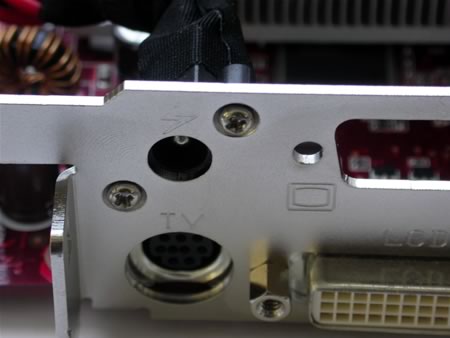
The power connector is used with the optional AC adapter to power the card from an external source. When you use the external AC adapter, you don't need to worry about PSU wattage, since no power is drawn from the PC's PSU. However, if you do have a PSU with the capacity, you probably won't need the external AC adapter. This will save you from some extra cables on the back of your PC case.
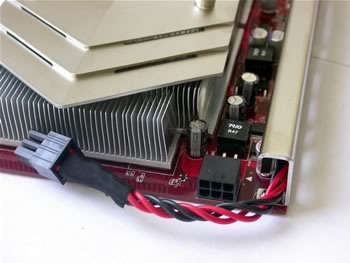

With some motherboards, you might need to install the card on the secondary VGA PCI-E bus and leave the primary PCI-E bus empty. You may also need to perform a BIOS upgrade.
Now lets move to the next page where we cover in detail, our graphics card testbed.
